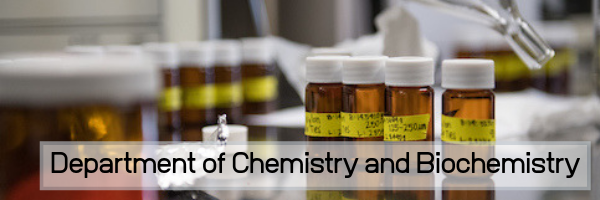
Faculty and Student Publications
Document Type
Article
Publication Date
4-1-2021
Abstract
The anodic dissolution of copper was investigated at a copper RDE in the Lewis acidic and basic composition regions of the room-temperature AlCl3-EtMeImCl ionic liquid (IL) to assess the utility of chloroaluminate liquids as solvents for the electrochemical machining and electropolishing of copper. In the Lewis acidic IL (60 mol % AlCl3), the dissolution of Cu0 proceeds under mixed kinetic-mass transport control with an exchange current density of 7.00 mA cm-2 at 306 K and an apparent activation free energy of 19.7 kJ mol-1. A formal potential of 0.843 V was obtained for the Cu+/Cu0 reaction from potentiometric measurements. In the basic IL (< 50 mol % AlCl3), potentiometric measurements showed that the oxidation of Cu0 resulted in the formation of [CuCl2]-. In this case, the formal potential of the [CuCl2]-/Cu0 reaction is -0.412 V. At small positive overpotentials, the reaction exhibited mixed control and was first order in the chloride concentration, indicating that only a single Cl- is involved in the RDS. However, at more positive overpotentials, the reaction transitions to mass transport control, and a well-defined limiting current is observed for the anodization process. This limiting current scales linearly with the free chloride concentration in the IL.
Relational Format
journal article
Recommended Citation
Reidy, L., Wang, C., & Hussey, C. L. (2021). Anodic dissolution of copper in the acidic and basic aluminum chloride 1-ethyl-3-methylimidazolium chloride ionic liquid. Journal of The Electrochemical Society, 168(4), 046503. https://doi.org/10.1149/1945-7111/abebfa
DOI
10.1149/1945-7111/abebfa
Accessibility Status
Searchable text

